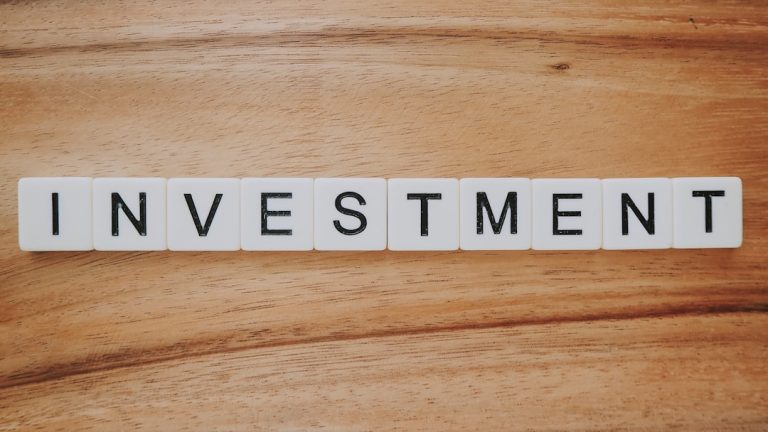Gain a clear understanding of the Seed Enterprise Investment Scheme (SEIS) and Enterprise Investment Scheme (EIS), including eligibility criteria and benefits.
Introduction
Investing in early-stage businesses can be a rewarding yet challenging endeavor. To encourage investment in startups and fuel economic growth, the UK government introduced two pivotal schemes: the Seed Enterprise Investment Scheme (SEIS) and the Enterprise Investment Scheme (EIS). These HMRC venture capital schemes offer significant tax incentives to investors, making them attractive avenues for funding innovative companies. In this guide, we delve into the intricacies of SEIS and EIS, outlining their eligibility criteria, benefits, and how platforms like Oriel IPO are revolutionizing investment opportunities in the UK.
What Are SEIS and EIS?
Seed Enterprise Investment Scheme (SEIS)
SEIS is tailored to support very early-stage businesses, including those that are pre-market. Designed to mitigate the higher risks associated with nascent companies, SEIS offers more generous tax reliefs to investors compared to EIS. Key criteria for SEIS eligibility include:
- Company Size: Must be a private company with gross assets of less than £350,000.
- Trading Duration: The company should have been trading for less than three years.
- Employee Limit: Fewer than 25 full-time equivalent employees.
- Investment Cap: Companies can raise up to £250,000 through SEIS.
Enterprise Investment Scheme (EIS)
EIS caters to slightly more established companies that are still in their growth phase. While offering substantial tax benefits, EIS is geared towards businesses with a bit more stability compared to SEIS-qualifying firms. Eligibility requirements include:
- Company Size: Private company with gross assets not exceeding £15 million before investment and £16 million immediately after.
- Trading Duration: Trading for less than seven years.
- Employee Limit: Fewer than 250 full-time equivalent employees.
- Investment Cap: Companies can raise up to £5 million annually and £12 million in their lifetime through EIS.
Eligibility Criteria for SEIS
To qualify for SEIS, a company must meet the following conditions:
- Private Status: Must be a non-public company.
- Trading Limit: Engaged in a qualifying trade for less than three years.
- Asset Threshold: Gross assets must be below £350,000 at the time of share issuance.
- Employee Count: Fewer than 25 full-time employees.
- Use of Funds: Investment must be used for qualifying business activities within three years.
- Share Issuance: Must issue new shares to investors, with funds received upfront in cash.
Eligibility Criteria for EIS
EIS eligibility extends to companies that are slightly more mature than SEIS-qualifying businesses. The criteria include:
- Private Status: Must be a non-public company.
- Trading Limit: Trading for less than seven years.
- Asset Threshold: Gross assets not exceeding £15 million before investment and £16 million immediately after.
- Employee Count: Fewer than 250 full-time employees.
- Use of Funds: Investment funds must be utilized for qualifying trades within two years.
- Investment Limits: Annual raise capped at £5 million, with a lifetime limit of £12 million through venture capital schemes.
- Share Issuance: Must issue new shares to investors, with funds received upfront in cash.
Benefits for Investors
Tax Reliefs
Both SEIS and EIS offer substantial tax incentives to investors, making them attractive investment opportunities:
- Income Tax Relief:
- SEIS: Investors can claim up to 50% of their investment against their income tax.
EIS: Investors can claim up to 30% of their investment against their income tax.
Capital Gains Tax (CGT) Relief:
- SEIS and EIS: Potentially no CGT on the sale of shares after three years of holding.
- Reinvestment Relief: Investors can defer CGT on gains by reinvesting in SEIS/EIS schemes.
Risk Mitigation
While both schemes involve investing in high-risk early-stage companies, the tax incentives help offset potential losses, providing a layer of financial protection for investors.
How Oriel IPO Facilitates SEIS/EIS Investments
Oriel IPO is an innovative online investment marketplace designed to bridge the gap between UK startups and investors. By focusing on SEIS/EIS tax incentives, Oriel IPO offers a curated selection of investment opportunities without the burden of commission fees. Key features include:
- Commission-Free Funding: Eliminates additional costs for both startups and investors.
- Curated Investment Options: Ensures high-quality, tax-efficient opportunities.
- Educational Resources: Provides comprehensive guides and tools to help investors and entrepreneurs navigate SEIS/EIS.
- Community Support: Fosters connections between novice and experienced investors, building a supportive investment ecosystem.
Oriel IPO’s subscription-based model democratizes access to investment opportunities, making it easier for startups to raise funds and for investors to find lucrative, tax-advantaged investments.
Conclusion
Understanding SEIS and EIS is crucial for both startups seeking funding and investors looking to maximize their tax benefits while supporting innovative businesses. These schemes not only stimulate the growth of the UK startup ecosystem but also offer substantial incentives for smart, risk-balanced investments. Platforms like Oriel IPO play a pivotal role in simplifying the investment process, providing a seamless, commission-free marketplace that enhances connectivity and fosters economic growth.
Ready to take advantage of SEIS and EIS opportunities? Join Oriel IPO today and start making informed, tax-efficient investments in the UK’s vibrant startup landscape.



